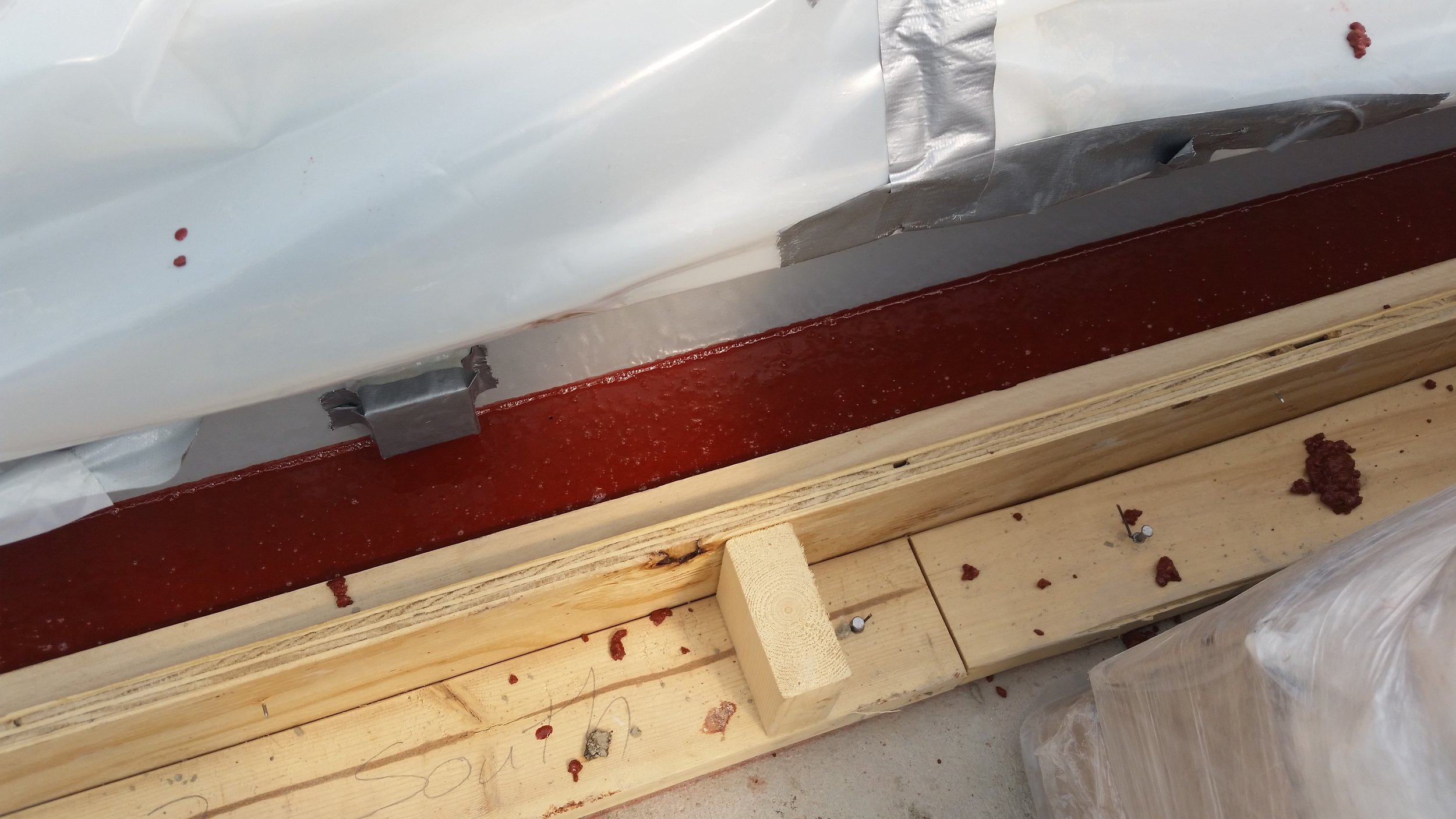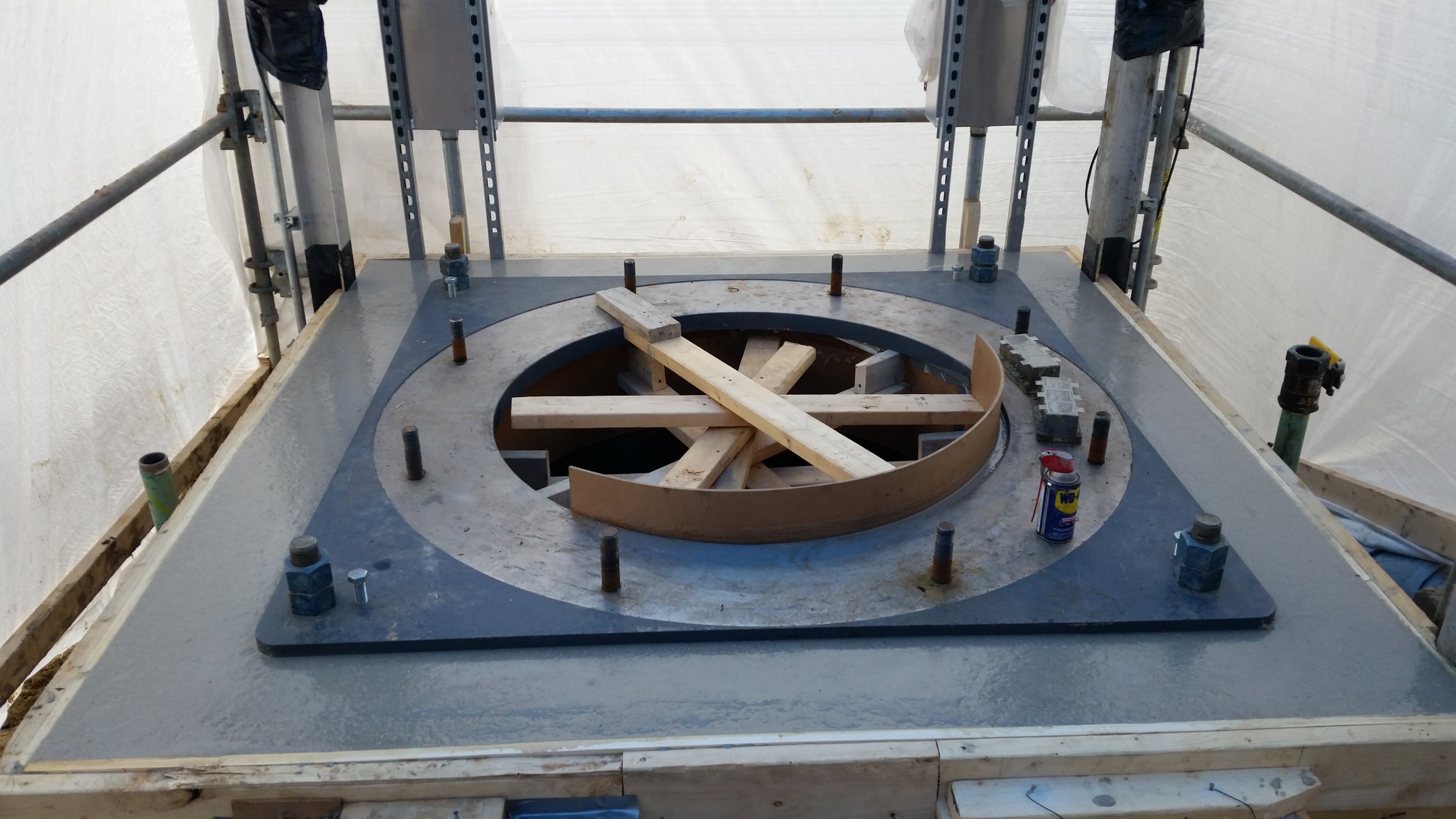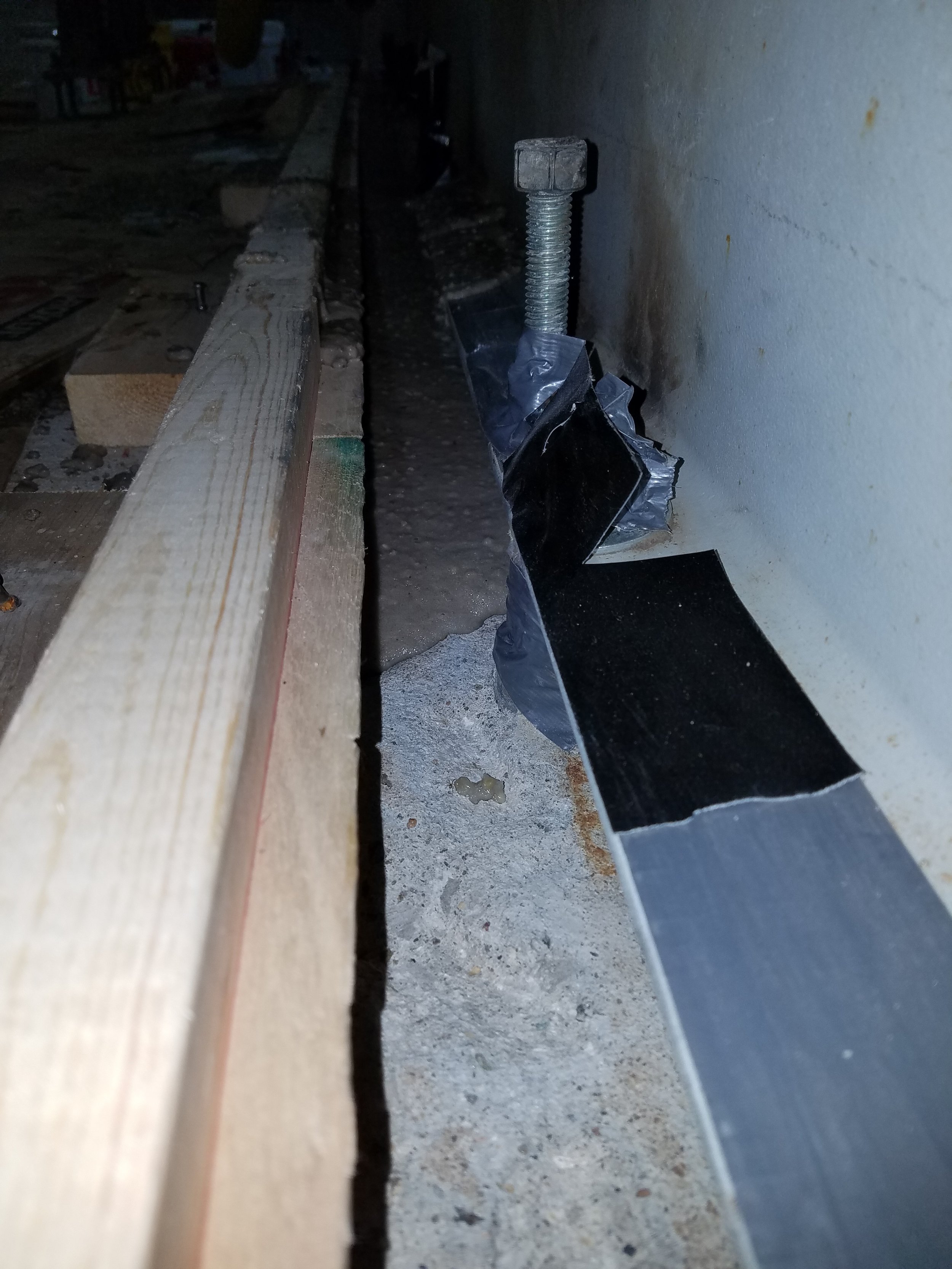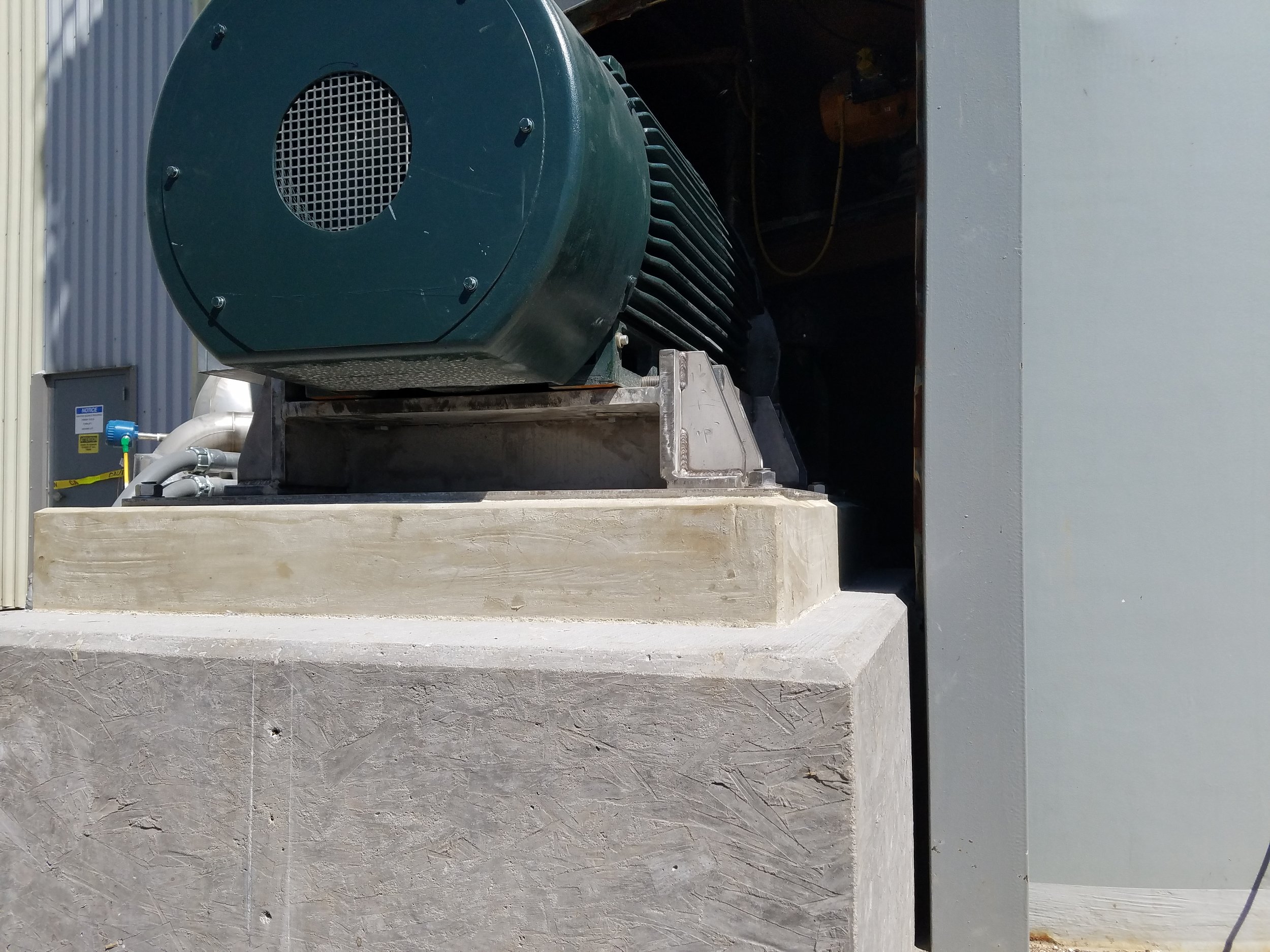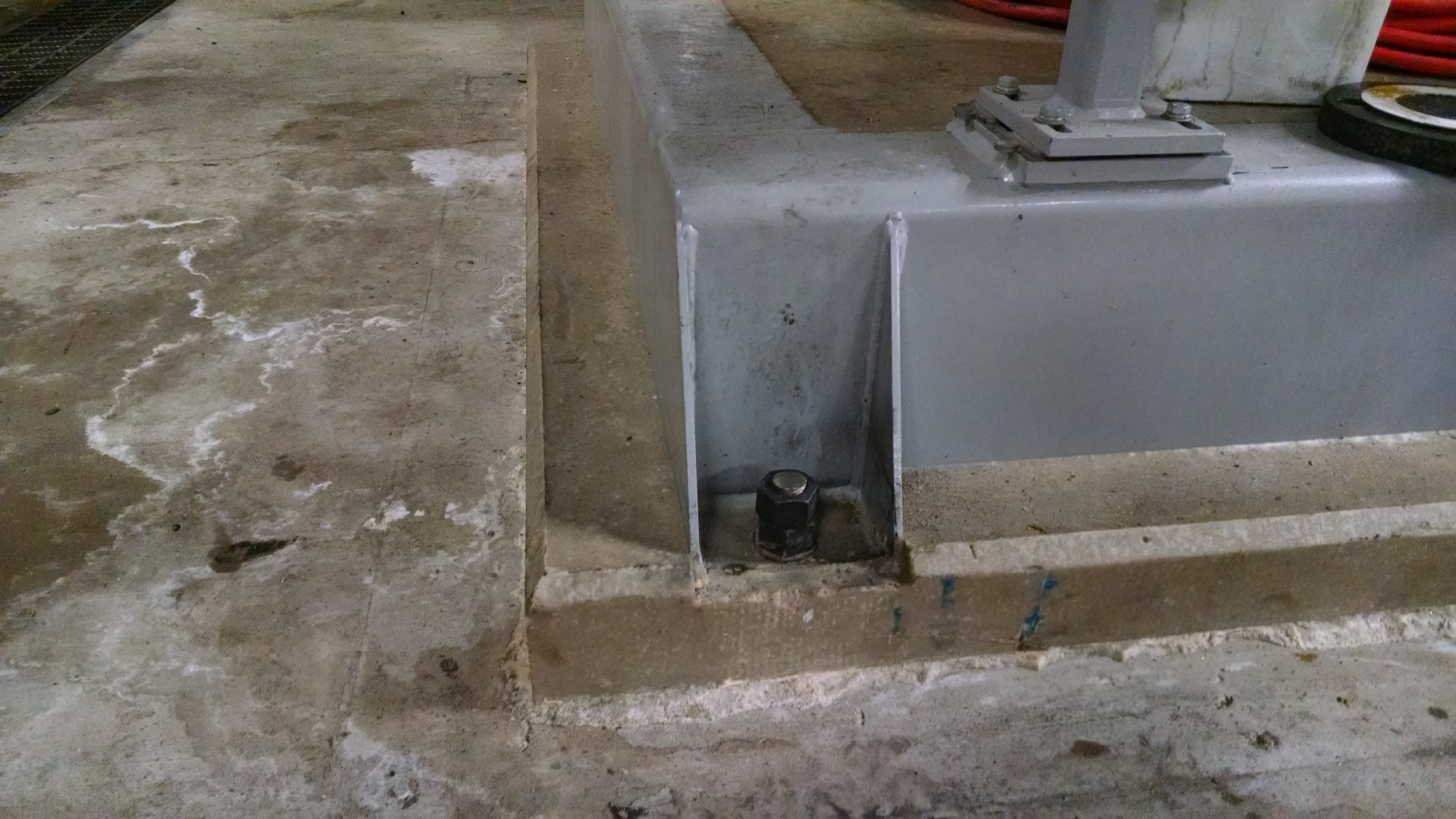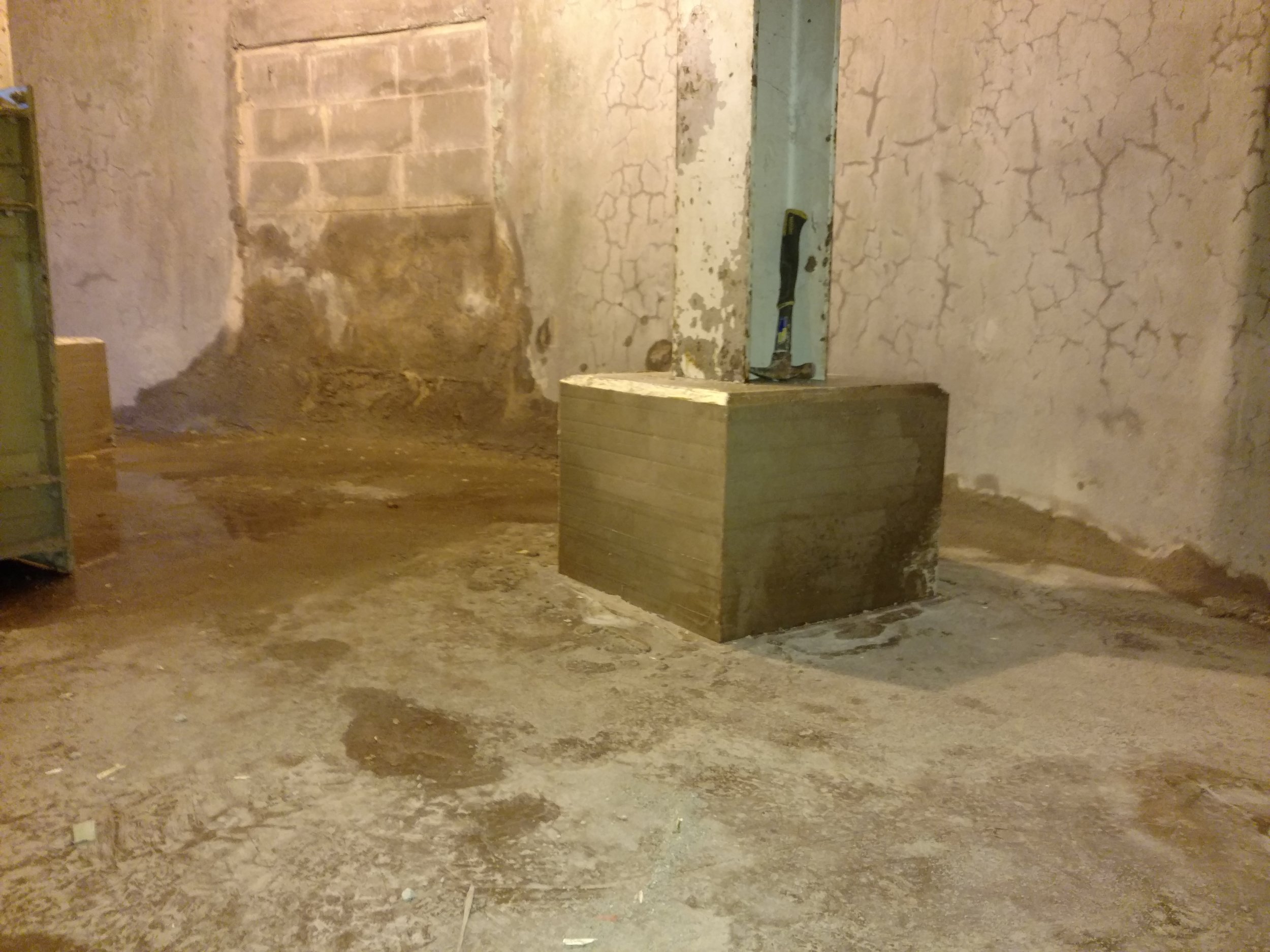Product Videos
ABOUT
FAQs
EQUIPMENT GROUT
One of the common mistakes made when installing new equipment is not using the correct equipment grout or sometimes the grout is entirely missed. This type of error invariably results in having to re-do the installation and unless it is done correctly the second time around, will continue the adverse effects over and over again until the situation is rectified. It is vital to rely upon seasoned, knowledgeable grout specialists to assess your project and recommend the proper grout.
Often our customers are not aware of the need to grout their equipment bases or that there are differences in types of material. There are many factors to consider. All equipment vibrates to some degree and it’s imperative to add the correct grout so the vibrations travel smoothly from your equipment down through the foundation mass, where vibrations can dissipate. Maintaining proper alignment is imperative to the long term performance of the equipment. Once a piece of equipment is out of alignment, vibration compounds until the bearings and other components are destroyed. It is important to control the vibrations and send them out of the equipment. Vibration transfer is done through good foundation and grouting practices, including choice of the proper Epoxy Equipment Grout.
The strength and the elasticity of your grout are additional vital components to examine. In order to have a long-lasting, solid foundation you must choose a grout that will hold up against the constant dynamic load that comes with any equipment usage. A positive bond must be formed on both the equipment base and the concrete foundation, creating a monolithic structure.
Standard Polymer’s grout specialists are ready to consult with you on the proper grout for your equipment installation, provide the technical information to back-up our recommendation and follow through with the service that will ensure you do the job right the first time, saving years of problems and preventing your dollars from being unnecessarily wasted.
Contact us for more information or for a specific quote for your equipment grout project.
FAQs
Does the equipment I’m grouting need anchor bolts and what should I use?
Pumps and compressors do need anchor bolts in order to resist forces created by the equipment. Specifications on the size and quantity needed are determined by the equipment manufacturer. Using a threaded steel anchor bolt that conforms to ASTM-A36 or ASTM A575-M1020 is appropriate. Recommendations call for setting anchor bolts in a two-part epoxy with excellent adhesion properties. Anchor bolts require an anti-pull out device to prevent pull through or pull out. At the time the foundation is poured, install the bolts inside the rebar cage within the required pipe sleeve. Ensure the bolt pocket is dry before the bolt is grouted. Anchor bolts should be placed at least 6 inches from expansion joints and should extend at least 2 inches from a fully engaged nut. The bolt hole should be bored to a circumference 3 times the diameter of the bolt.
What is stretch length?
In order to allow for bolts to be tightened sufficiently, they must have an adequate amount of stretch length. An unbound length of the anchor bolt, typically 8-10 time the bolt diameter is used to provide hold down.
How much should I torque the bolts?
The final torque should be done after the temporary leveling devices are removed and the grout is cured. The anchor bolt should have a torque 80-85% of bolt yield, provided is has a proper stretch length.
How does weather affect a grout pour?
In order to prevent the grout from exposure to direct sunlight, the foundation should be covered during a hot weather pour. During cold weather, the pour site should be enclosed and a heat source is necessary to keep the temperature of the whole foundation and the equipment above 65 degrees Fahrenheit for 48 hours prior to the pour.
Why are expansion joints recommended?
Installing expansion joints every 4-6 feet when a large area of epoxy grout is poured by engineering a controlled crack reduces the chance of random cracking when machinery to grout temperature differentials of 50 degrees Fahrenheit are encountered.
How do I fill and seal expansion joints?
We recommend filling with an elastic epoxy seam sealant, after the grout is fully cured by removing about a half inch of the material and sealing the top with the sealant. This material (or a silicone caulk (RTV) can also be used to fill in a crack that may form next to the expansion joint, which will prevent liquids from permeating the foundation.
What kind of prep needs to be done to my concrete foundation in anticipation of a grout pour?
The laitance layer should be removed with a chipping hammer with a chisel bit. Sandblasting is not an acceptable method of laitance removal or surface preparation. Ensure the concrete is properly hydrated and free of all contaminants and oils. Multiple concrete pours are not advisable as they create cold joints across which vibration will not transfer. Adequate foundation size is also important. Reciprocating equipment should have a foundation mass five times the total mass of the equipment. Rotating equipment should have a total mass three times the mass of the equipment. A foundation temp between 65 degrees and 90 degrees Fahrenheit will help ensure the proper flow, adhesion and cure of the grout material. After this is done, grout can be poured after the concrete is cured.
When can equipment be set?
Generally speaking, 28 days with standard concrete; the concrete needs to be completely hydrated. Quicker hydration would need to be properly tested. All concrete should have a minimum compressive strength of 4000 psi at 28 days. Standard Polymers offers a concrete additive that will hydrate/cure the concrete in just 24 hrs.
What height and depth should be considered for grout placement?
Maximum height of a foundation should allow a minimum of 1 ½ inches for grout placement. It should be sufficiently deep to prevent damage to machinery or piping due to frost penetration. The depth can vary with geography. Also important are the required mass and 30-degree rule. [Considered a “best practice”, the 30-degree rule ensures the stability of the foundation. Drop a plumb line down from the center of the rotation shaft and rotate the line 30 degrees in both directions. The line should go through the bottom of the foundation and not the side.]
What repercussions do I face if I don’t get the equipment vibration reduced?
All operating equipment creates vibration. Proper installation using a good epoxy equipment grout forms a pathway for the vibration to travel to the foundation for dissipation, increasing the equipment reliability by a factor of 8-10 times. The only method of transferring vibration is with epoxy grout systems. Vibration cannot jump over an air gap or a cold joint in concrete.
What is the correlation between concrete’s tensile and comprehensive strength?
The standard assumption is that concrete is about 10% as strong in tension as it is in compression.







